Diamonds, diamonds everywhere across the universe! Yes, it is raining diamonds out in space
Research has revealed that it could be raining diamonds on planets throughout the universe. Check details here.
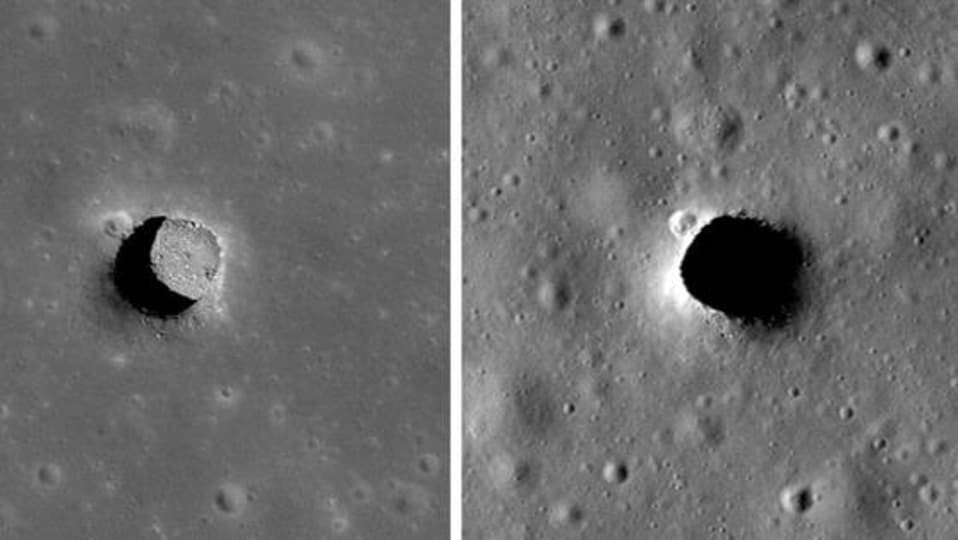
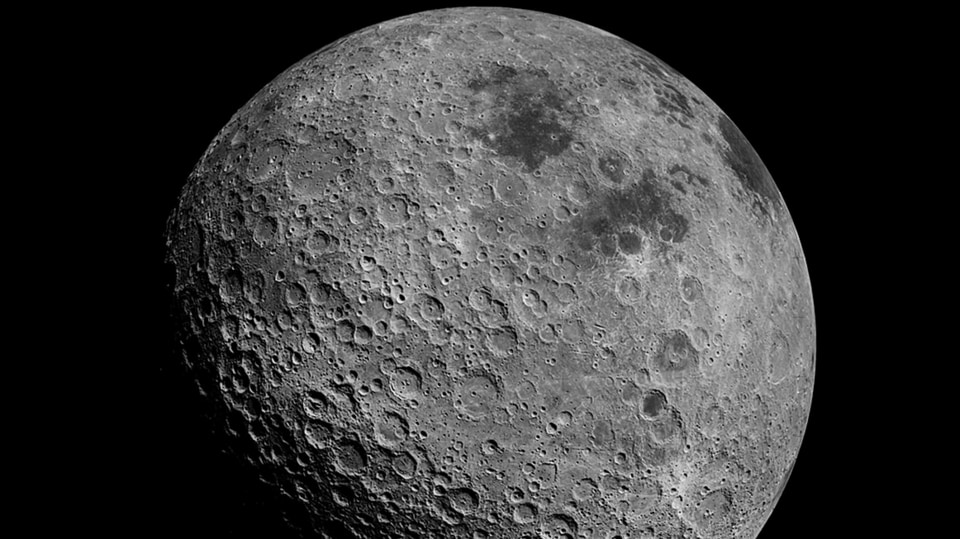
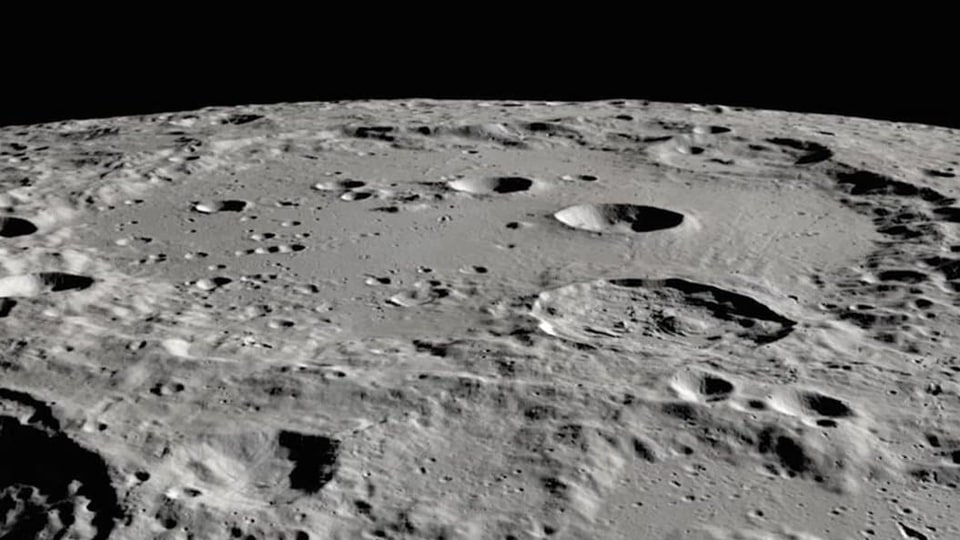
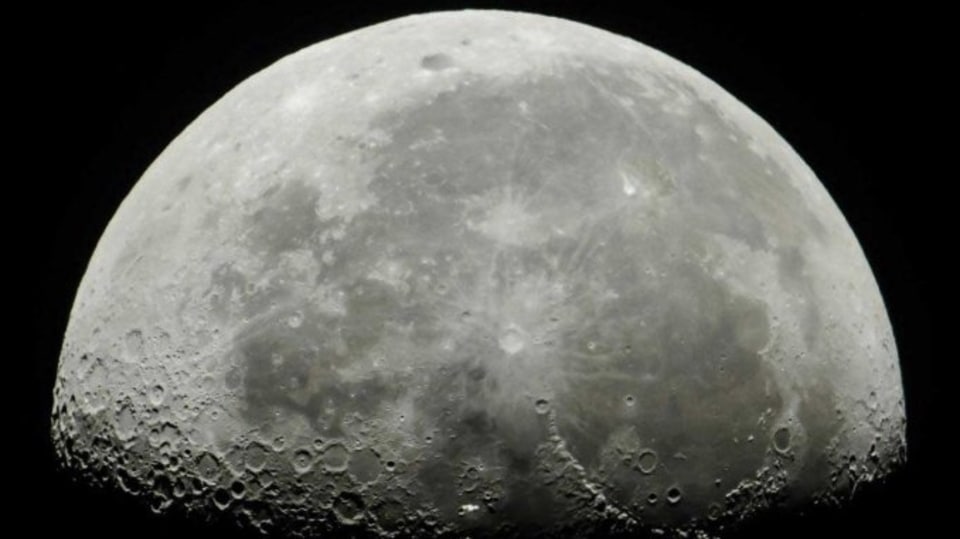
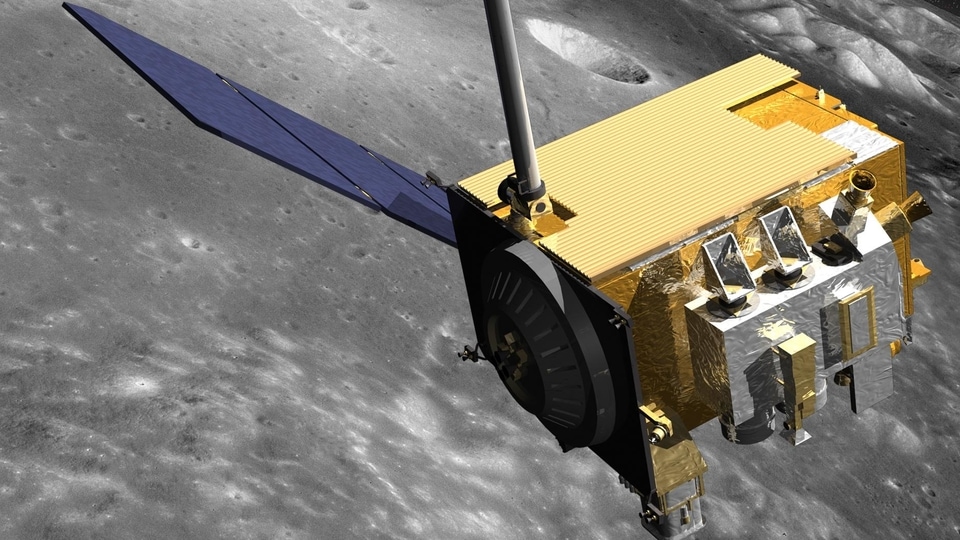


 View all Images
View all ImagesWhat comes to your mind with the word 'diamonds'? A gem, diamond jewellery, one of the hardest objects around or something else? What if we tell you that diamonds could be raining on planets throughout the universe? Scientists have suggested that it could be raining diamonds on planets throughout the universe after using common plastic to recreate the strange precipitation believed to form deep inside Uranus and Neptune.
According to a report by AFP, scientists had previously theorised that extremely high pressure and temperatures turn hydrogen and carbon into solid diamonds thousands of kilometres below the surface of the ice giants. Now new research, published in Science Advances, inserted oxygen into the mix, finding that "diamond rain" could be more common than thought.
Ice giants like Neptune and Uranus are thought to be the most common form of planet outside our Solar System, which means diamond rain could be occurring across the universe. "Extreme conditions inside ice giants such as Uranus and Neptune can result in peculiar chemistry and structural transitions, e.g., the precipitation of diamonds or superionic water, as so far experimentally observed only for pure C─H and H2O systems, respectively," Science Advances said in a report.
Informing about the experiment the report said that the researchers investigated a stoichiometric mixture of C and H2O by shock-compressing polyethylene terephthalate (PET) plastics and performing in situ x-ray probing. Researchers observe diamond formation at pressures between 72 ± 7 and 125 ± 13 GPa at temperatures ranging from ~3500 to ~6000 K. Combining x-ray diffraction and small-angle x-ray scattering, they accessed the kinetics of this reaction.
"The observed demixing of C and H2O suggests that diamond precipitation inside the ice giants is enhanced by oxygen, which can lead to isolated water and thus the formation of superionic structures relevant to the planets' magnetic fields. Moreover, our measurements indicate a way of producing nanodiamonds by simple laser-driven shock compression of cheap PET plastics," the report added.
Catch all the Latest Tech News, Mobile News, Laptop News, Gaming news, Wearables News , How To News, also keep up with us on Whatsapp channel,Twitter, Facebook, Google News, and Instagram. For our latest videos, subscribe to our YouTube channel.


























